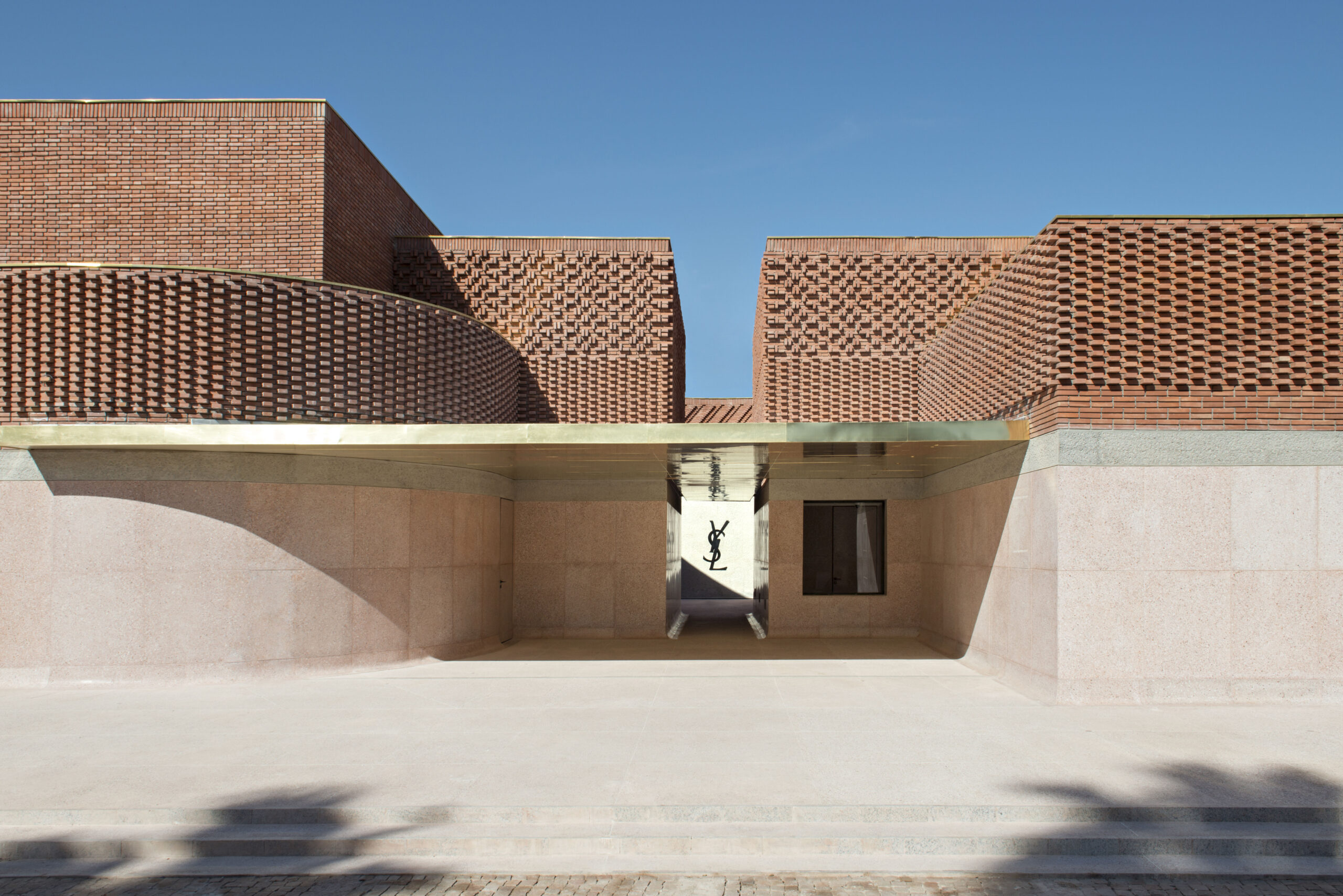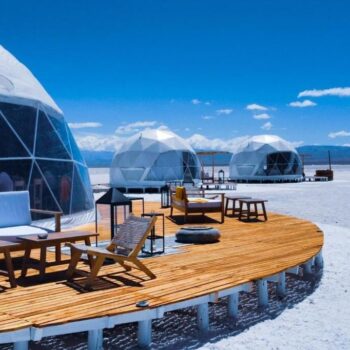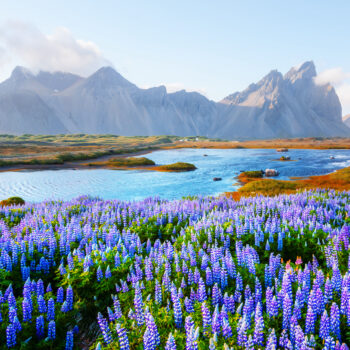
Designer’s oasis & French Quarter in Marrakech
By Karolina Biczek on 13th June, 2024
A first visit to Marrakech comes with a multitude of new experiences and undoubtedly unforgettable impressions.
It’s said that Yves Saint Laurent, who has deeply embedded himself in the history and cultural landscape of Marrakech, knew he would buy a house in the city after only his first visit.
He was captivated by the richness of Moroccan culture and often emphasised that the “red city” sparked his passion for using bold colours. If it’s inspiration to Yves Saint Lauraent himself, you should definitely visit this stimulating city that inspired one of the great designers of our time!

Yves Saint Laurent
Yves Saint Laurent was born in Oran, a town in northwestern Algeria, during the French colonisation. When Algeria gained independence, he and his family had to leave the country. After moving to Marrakech, he invited the artistic elite and many fashion personalities to visit his home. He certainly contributed to making Marrakech a centre of bohemian culture, where ‘chic’ness, art, and a hippie atmosphere reigned.
The designer was often photographed in Moroccan kaftans, lying on Berber carpets and cushions, frequently accompanied by his long-term business and life partner, Pierre Bergé. Yves drew inspiration for his design work from the ubiquitous colours, fabrics and landscapes of Morocco. They bought their first house in Marrakech in the Medina, the Old Town, calling it Dar El-Hanch, which means “House of the Snake.”
Yves and Pierre then decided to sell the house in the Medina to a friend and bought a larger one (a villa with a pool) in the Gueliz district, home to the famous Majorelle Gardens, naming it Dar El Saada, meaning “House of Happiness.”
In 1980, their attention was drawn to an abandoned house with a large garden, designed by French painter Jacques Majorelle, known as an adventurer and orientalist.
The most popular garden in Marrakech is named after him. On the acquired plot, Majorelle built a Moorish villa and a painting studio.


Majorelle Gardens
The garden fascinates visitors and evokes admiration and is definitely worth visiting. Due to its great popularity, the Majorelle Gardens are best visited early in the morning or late in the afternoon.
The gardens now feature around 300 plant species from five continents, a residence, a small poster gallery, and a museum dedicated to the art of the Amazigh people. These elements were curated by the new owners, Yves and Pierre, who collected over 600 handcrafted items from Morocco.
The collection is a tribute to the artistry of North Africa’s indigenous people and a shared passion.
After Laurent’s death, his partner opened two museums—one in Paris and another in Marrakech. Laurent’s ashes were scattered in 2008 in the garden near their home, and a memorial with a Roman column and a plaque bearing the designer’s name is located in the Majorelle Gardens.

Photo Credit to Yves Saint Laurent Museum
Important tip: Tickets for the museum and the Majorelle Gardens must be purchased online.
Pierre Bergé and Yves Saint Laurent founded the Majorelle Foundation in 2001, and the proceeds from exhibitions and admission fees to the garden and museum now support cultural, educational, and social initiatives in Morocco.
In 2016, Pierre Bergé received an honorary award from the King of Morocco for his services to the country.
European Cemetery
In close proximity to the Majorelle Gardens is the European Cemetery, established in 1925. It is the resting place of French citizens of the city and residents from abroad who wished to be buried in a non-Muslim or non-Jewish ceremony. There are three types of cemeteries in Marrakech, and the European Cemetery is managed and maintained by Moroccan Muslims. The entrance is free of charge.
In the photo, you can see a section of the Jewish cemetery, which can also be visited free of charge.

The Gueliz district
The Gueliz district was developed by the French and is still referred to as the French Quarter. It features modern cafes, shops, and international brand boutiques, as well as fast food outlets like McDonald’s. Gueliz is characterised by spacious boulevards and wide avenues.
It is worth visiting this district to feel the remnants of French colonialism, reflected in the interiors and the nonchalance of waiters serving Moroccan tea in elegant black suit trousers. Cafe de France resonates with the charm of the colonial world and modern Morocco.
This district is typified by a distinctly European character, home to company offices, banks, nightclubs, and luxury apartments occupied by Western expatriates. Despite its modernity, it remains in harmony with the traditional buildings of Marrakech.












